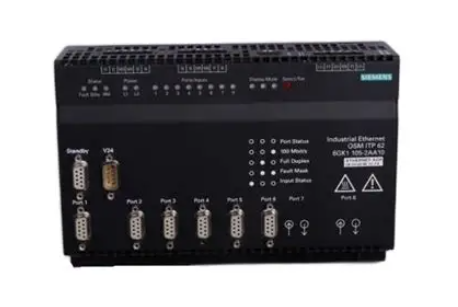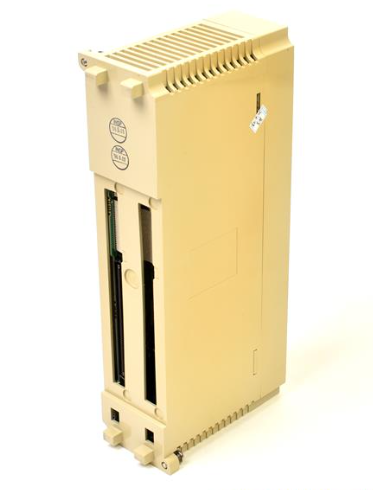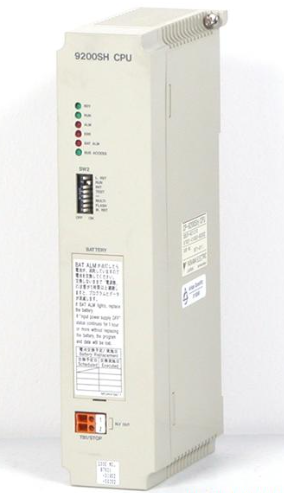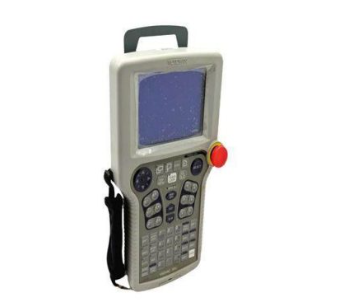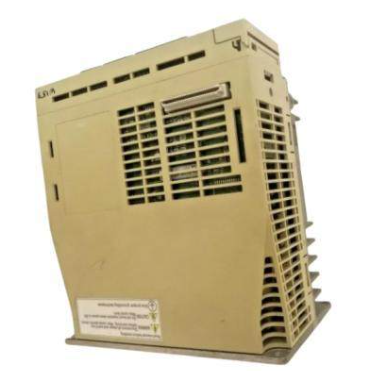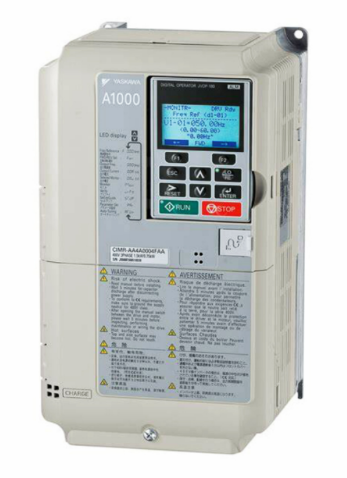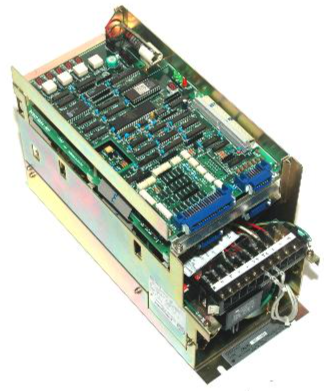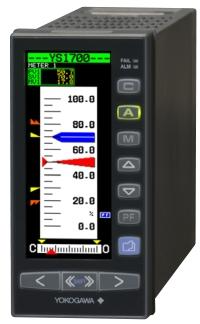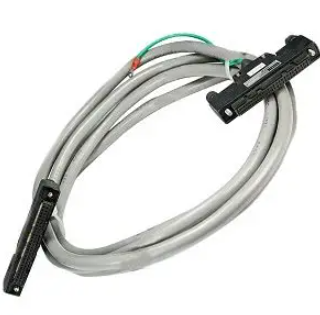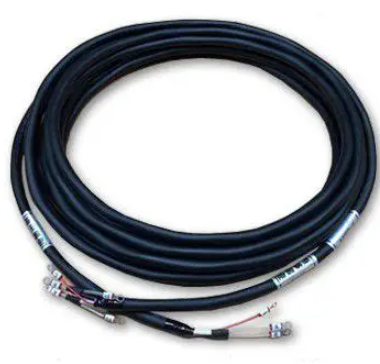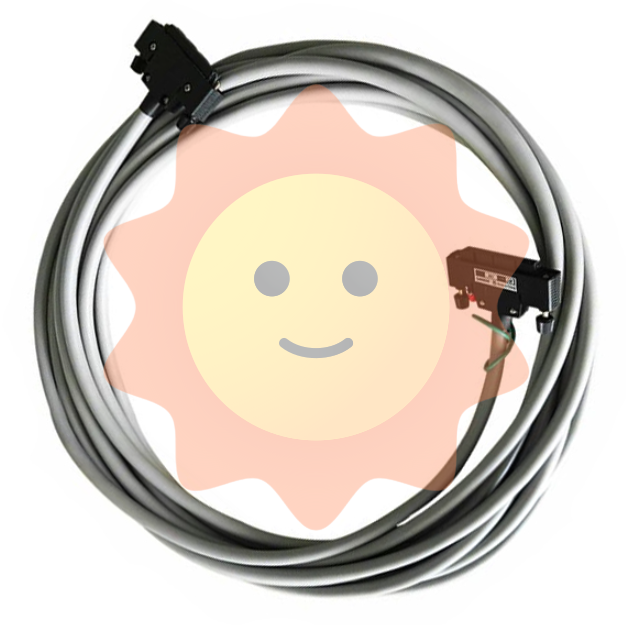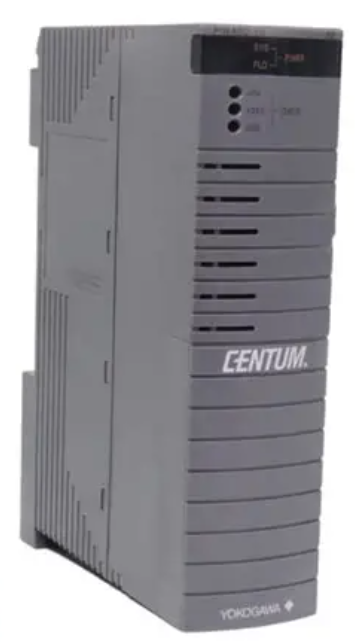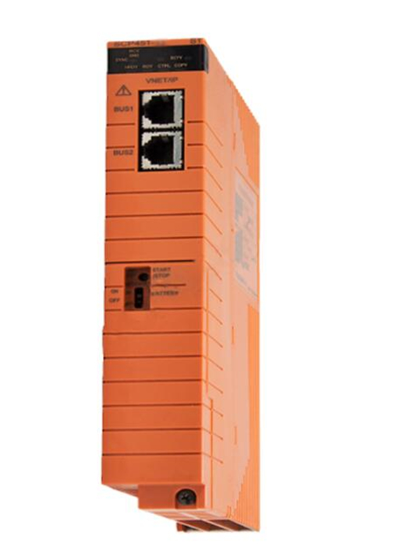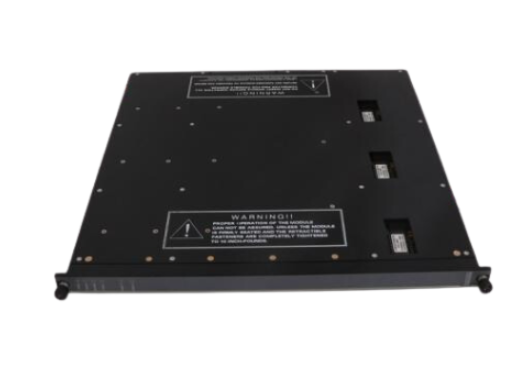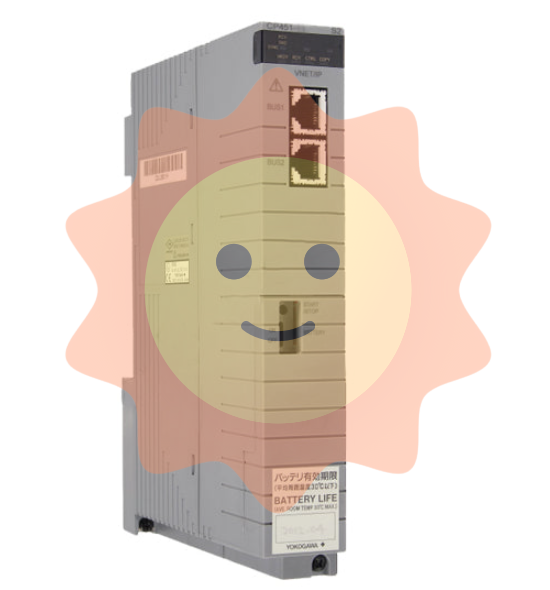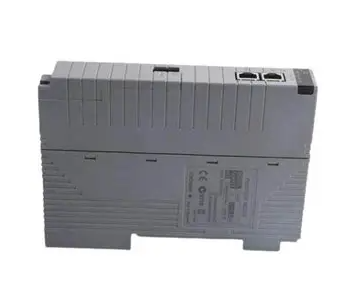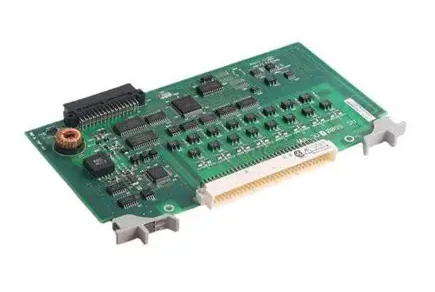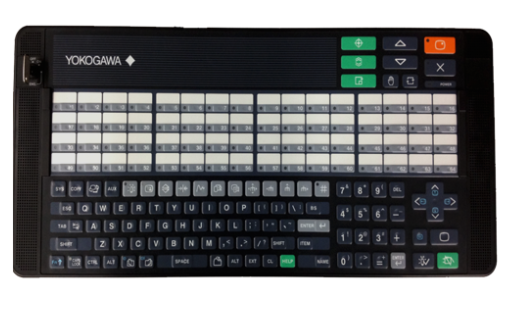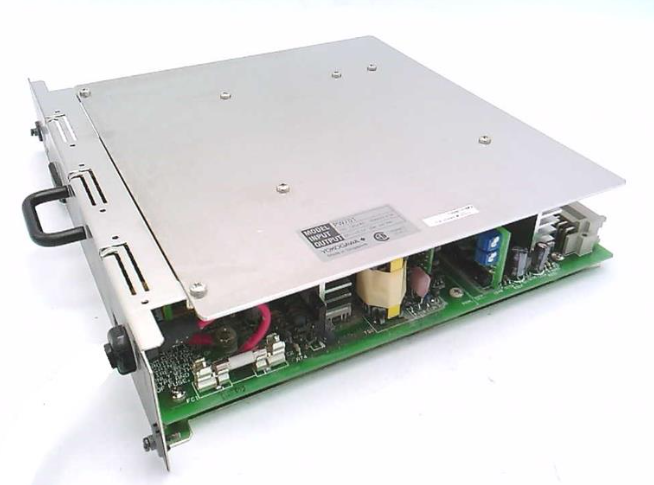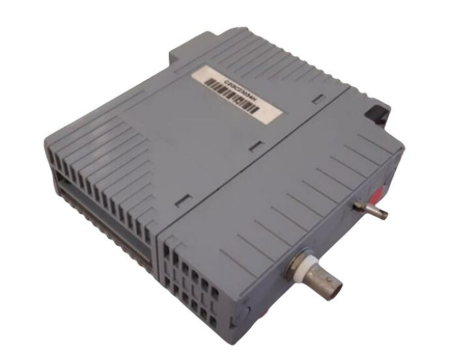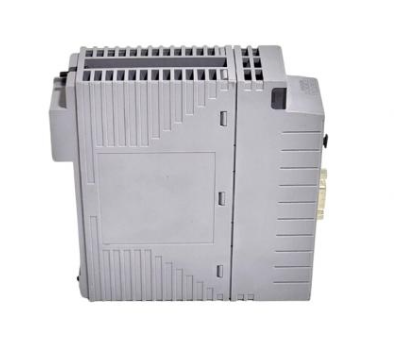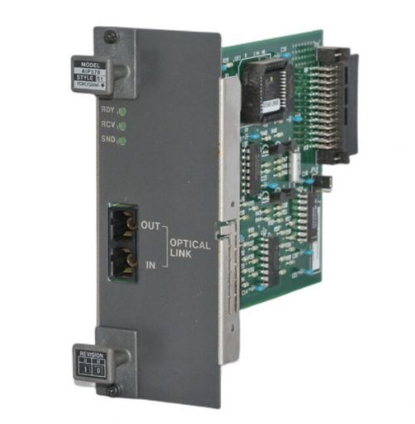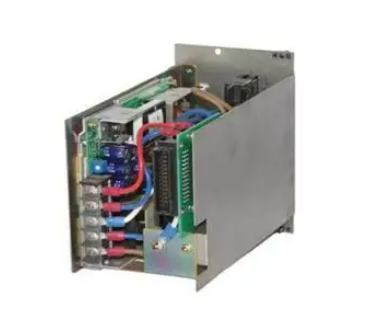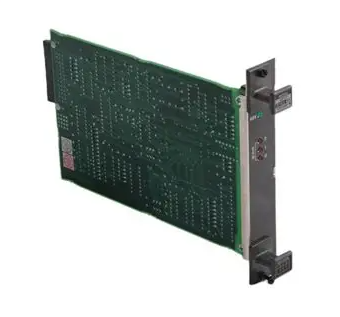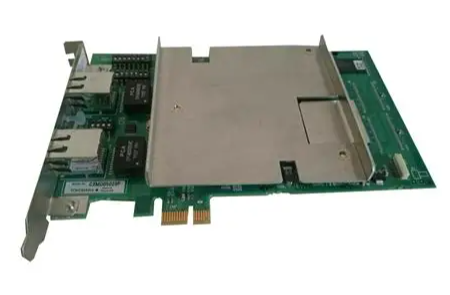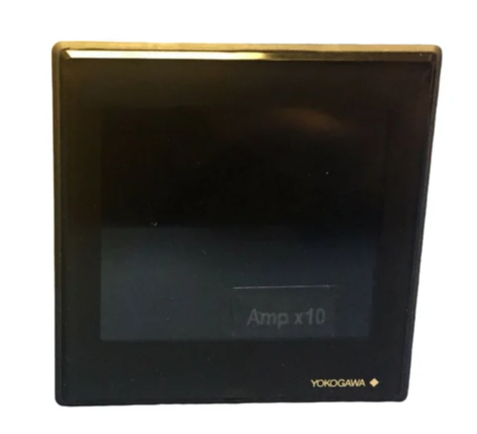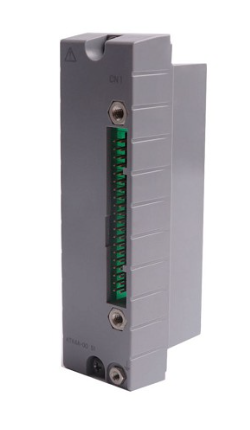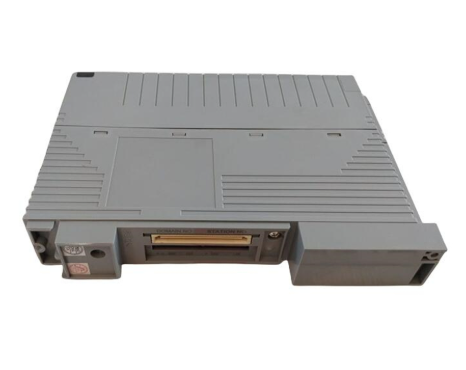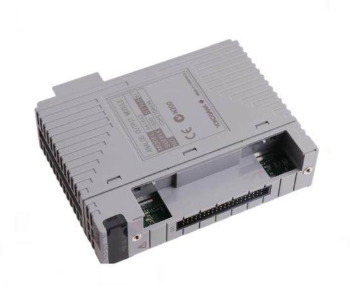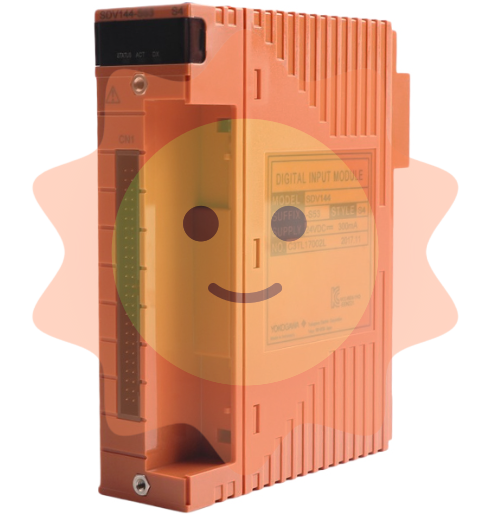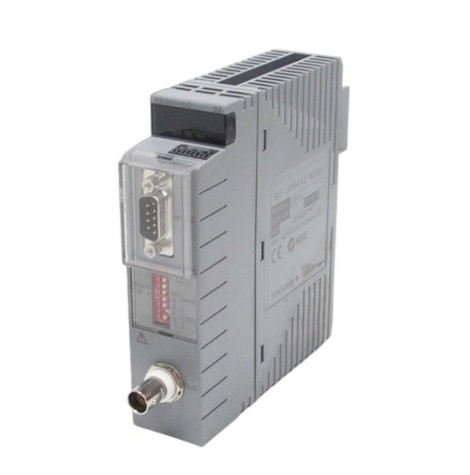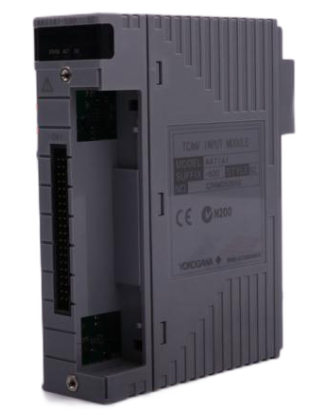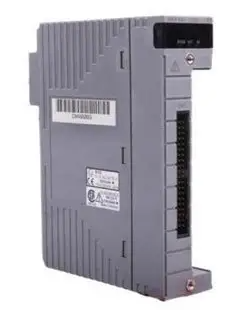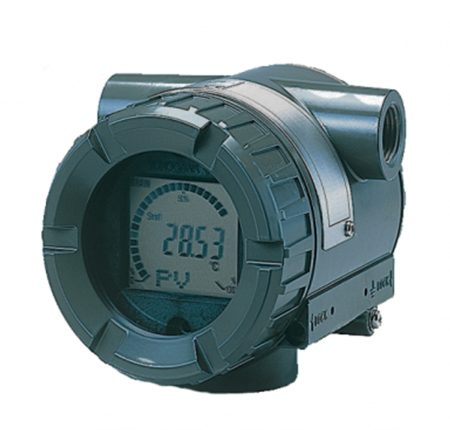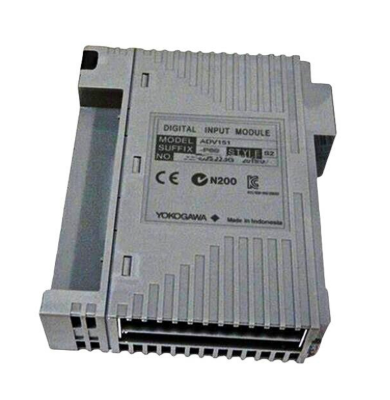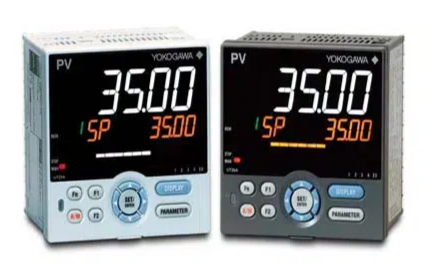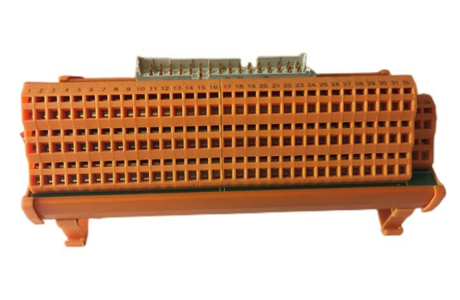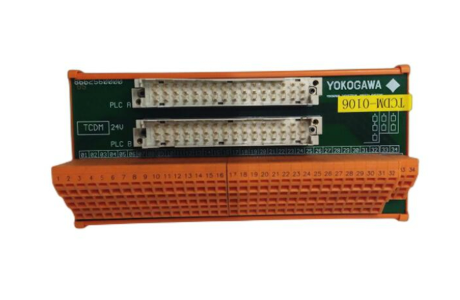YOKOGAWA DLM3034HD/DLM3054HD High Definition Oscilloscope
Sampling modes: real-time sampling (maximum 2.5 GS/s), interpolation mode (sinx/x interpolation, suitable for single signal), repeated sampling (random sampling, suitable for repeated signals, equivalent sampling rate up to 250 GS/s).
Acquisition control: RUN/STOP (continuous acquisition/stop), SINGLE (single acquisition), supporting record length settings (affecting acquisition memory usage and historical waveform count).
5. Display function
Window types: including main window (Main), zoom window (Zoom1/Zoom 2), XY window (XY1/XY2), FFT window, trend/histogram window, supporting multi window segmentation (Single/Dual/Triad/Quad formats, etc.).
Display settings: Supports waveform interpolation (OFF/Sine/Linear/Pulse), grid type (point grid/line grid/frame/crosshair), waveform intensity (1-64 levels), cumulative display (displays waveform frequency by intensity/color, cumulative time 100ms-100s or infinite).
XY waveform display: Map two signals to the X-axis and Y-axis respectively, observe signal correlation, support cursor measurement and area calculation (such as safe working area SOA analysis).
6. Data processing and analysis
(1) Calculation and reference waveform
Calculation mode: Supports Math (based on source waveform calculation) and Ref (displaying reference waveform), with calculation sources available from CH1-CH4 and Math1-Math3. Supports addition, subtraction, multiplication, division, filtering, integration, counting, and other operations, with user-defined calculations (option function, supports 128 character expressions).
Reference waveform: It can load screen display waveforms or historical saved waveforms, and supports vertical position adjustment and measurement analysis.
(2) FFT analysis
Function enabled: Supports FFT1/FFT2, allows selection of analysis sources (CH1-CH4, Math1-Math4), and sets spectrum types (power spectrum, linear spectrum, etc., depending on whether there are user-defined options).
Parameter settings: time window (rectangle/Hanning/Flattop), FFT point count (1.25k-1.25M), analysis range (Main/Zoom1/Zoom2), scale settings (automatic/manual), supports cursor measurement and peak detection.
(3) Cursor measurement
Cursor mode: Δ T (time difference), Δ V (voltage difference), Δ T&Δ V (time voltage combination), Marker (4 marker points), Angle (angle measurement), supports multi-channel measurement (CH1-CH4, LOGIC, Math1-Math4).
Measurement items: time (T1/T2/Δ T/1/Δ T), voltage (V1/V2/Δ V), angle (D1/D2/Δ D), supports cursor jumping (such as jumping to the center of the zoom window).
(4) Automatic parameter measurement
Measurement items: voltage parameters (maximum/minimum/peak to peak/effective value, etc.), time parameters (frequency/cycle/pulse width/duty cycle, etc.), delay measurement (multi-channel delay), supporting statistical analysis (maximum/minimum/average/standard deviation/count).
Measurement settings: Select the measurement window (Main/Zoom1/Zoom2), measurement time period (T Range1/T Range2), reference level (percentage or absolute value), and support cycle mode (measured by signal cycle).
(5) Waveform Search and Serial Bus Analysis
Waveform search: supports search types such as edge, mode, pulse width, timeout, etc., sets search sources and conditions (such as level, polarity, time range), displays detection results, and scales positioning.
Serial bus analysis: Supports FlexRay/CAN/CAN FD/LIN/CXPI/SENT/PSI5 Airbag/UART/I2C/SPI buses (mostly options), can decode frame/field information, display results in lists, trend analysis and search, supports symbol display (requires loading. sbl files).
(6) Histogram display
Function enabled: Supports Historam1/Historam2, select the source waveform (CH1-CH4, Math1-Math4) and statistical axis (vertical/horizontal), and set the statistical range (Main/Zoom1/Zoom2).
Measurement items: peak value, maximum value, minimum value, mean value, standard deviation, median, proportion within the range of ± 1 σ/± 2 σ/± 3 σ, supporting cursor measurement.
(7) Power analysis (option function)
Switching Loss Analysis (SW Loss): measures the total loss and switching loss of the device, supports different loss types (U × I, RDS (on) × I ², VCE (sat) × I), and sets voltage/current levels and reference levels.
Safe working area analysis (SOA): X-axis voltage, Y-axis current, plot device operating range, evaluate whether it is within the safe area.
Harmonic analysis: Complies with IEC standards, analyzes up to the 40th harmonic, supports Class A-D classification, calculates harmonic current and compares it with limit values, and displays the results in a list and bar chart.
Joule integral (I ² t): Joule integral for measuring surge current, used for fuse evaluation, supporting waveform display and statistical analysis.
Power measurement: Simultaneously measure the power of two circuits, calculate voltage/current/power parameters (active/reactive/apparent power, power factor, etc.), support probe de skewing and statistical analysis.
7. Historical waveform management
Display mode: Supports single waveform (One), all overlay (All), and accumulate display. It can highlight the specified record number waveform and set the display range (Start/End No.).
- EMERSON
- Honeywell
- CTI
- Rolls-Royce
- General Electric
- Woodward
- Yaskawa
- xYCOM
- Motorola
- Siemens
- Rockwell
- ABB
- B&R
- HIMA
- Construction site
- electricity
- Automobile market
- PLC
- DCS
- Motor drivers
- VSD
- Implications
- cement
- CO2
- CEM
- methane
- Artificial intelligence
- Titanic
- Solar energy
- Hydrogen fuel cell
- Hydrogen and fuel cells
- Hydrogen and oxygen fuel cells
- tyre
- Chemical fiber
- dynamo
- corpuscle
- Pulp and paper
- printing
- fossil
- FANUC
- Food and beverage
- Life science
- Sewage treatment
- Personal care
- electricity
- boats
- infrastructure
- Automobile industry
- metallurgy
- Nuclear power generation
- Geothermal power generation
- Water and wastewater
- Infrastructure construction
- Mine hazard
- steel
- papermaking
- Natural gas industry
- Infrastructure construction
- Power and energy
- Rubber and plastic
- Renewable energy
- pharmacy
- mining
- Plastic industry
- Schneider
- Kongsberg
- NI
- Wind energy
- International petroleum
- International new energy network
- gas
- WATLOW
- ProSoft
- SEW
- wind
- ADVANCED
- Reliance
- YOKOGAWA
- TRICONEX
- FOXBORO
- METSO
- MAN
- Advantest
- ADVANCED
- ALSTOM
- Control Wave
- AB
- AMAT
- STUDER
- KONGSBERG
- MOTOROLA
- DANAHER MOTION
- Bently
- Galil
- EATON
- MOLEX
- Triconex
- DEIF
- B&W
- ZYGO
- Aerotech
- DANFOSS
- KOLLMORGEN
- Beijer
- Endress+Hauser
- MOOG
- KB
- Moxa
- Rexroth
- YAMAHA
- Johnson
- Westinghouse
- WAGO
- TOSHIBA
- TEKTRONIX
- BENDER
- BMCM
- SMC


Email:wang@kongjiangauto.com



